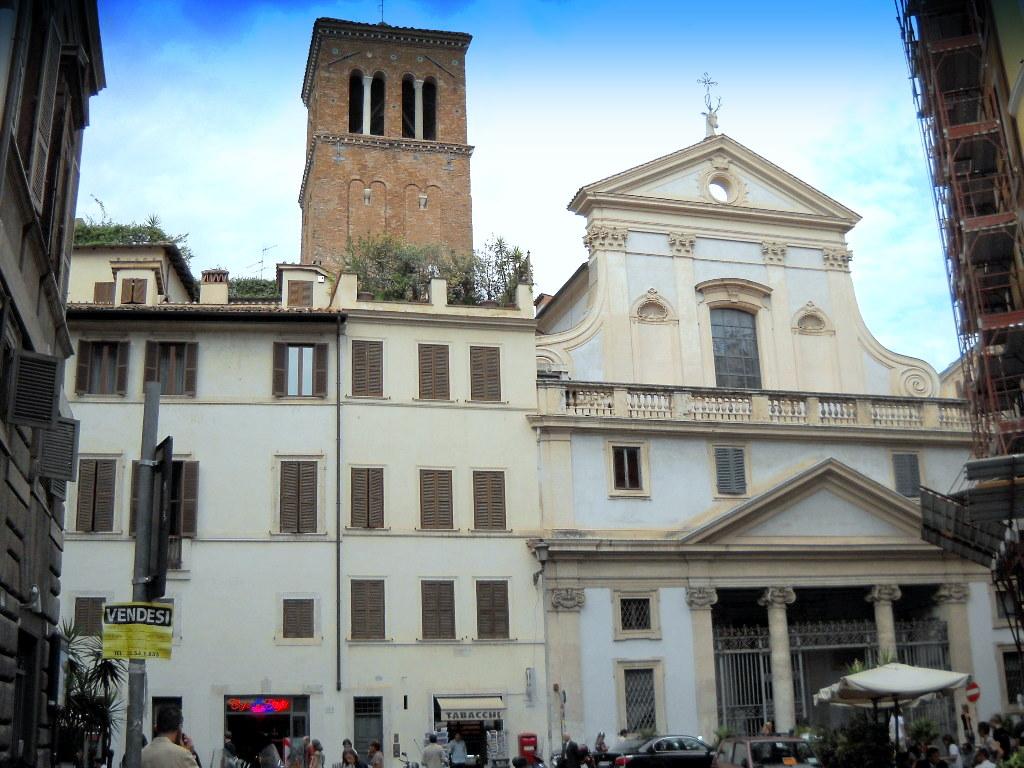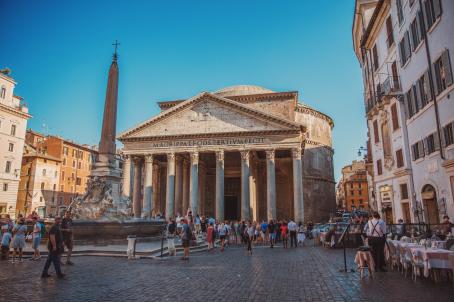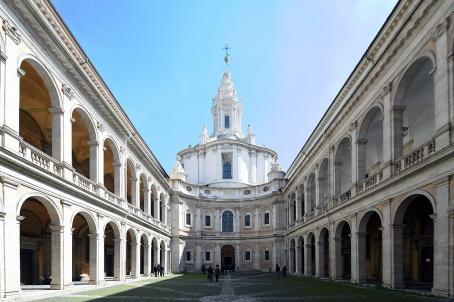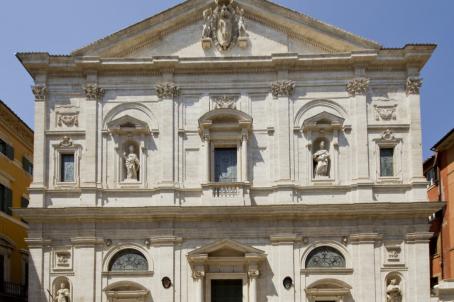Basilica di Sant'Eustachio
The Basilica of Sant'Eustachio was built in the 8th century, with the first mention of it in 795. The old building was completely rebuilt and enlarged in 1195-1196 under Pope Celestine III, when the Romanesque bell tower was added, which can still be seen today. Between the 17th and 18th centuries, the church was completely rebuilt, demolishing all the medieval structures (except the bell tower), and rebuilding it according to the tastes of the time.






